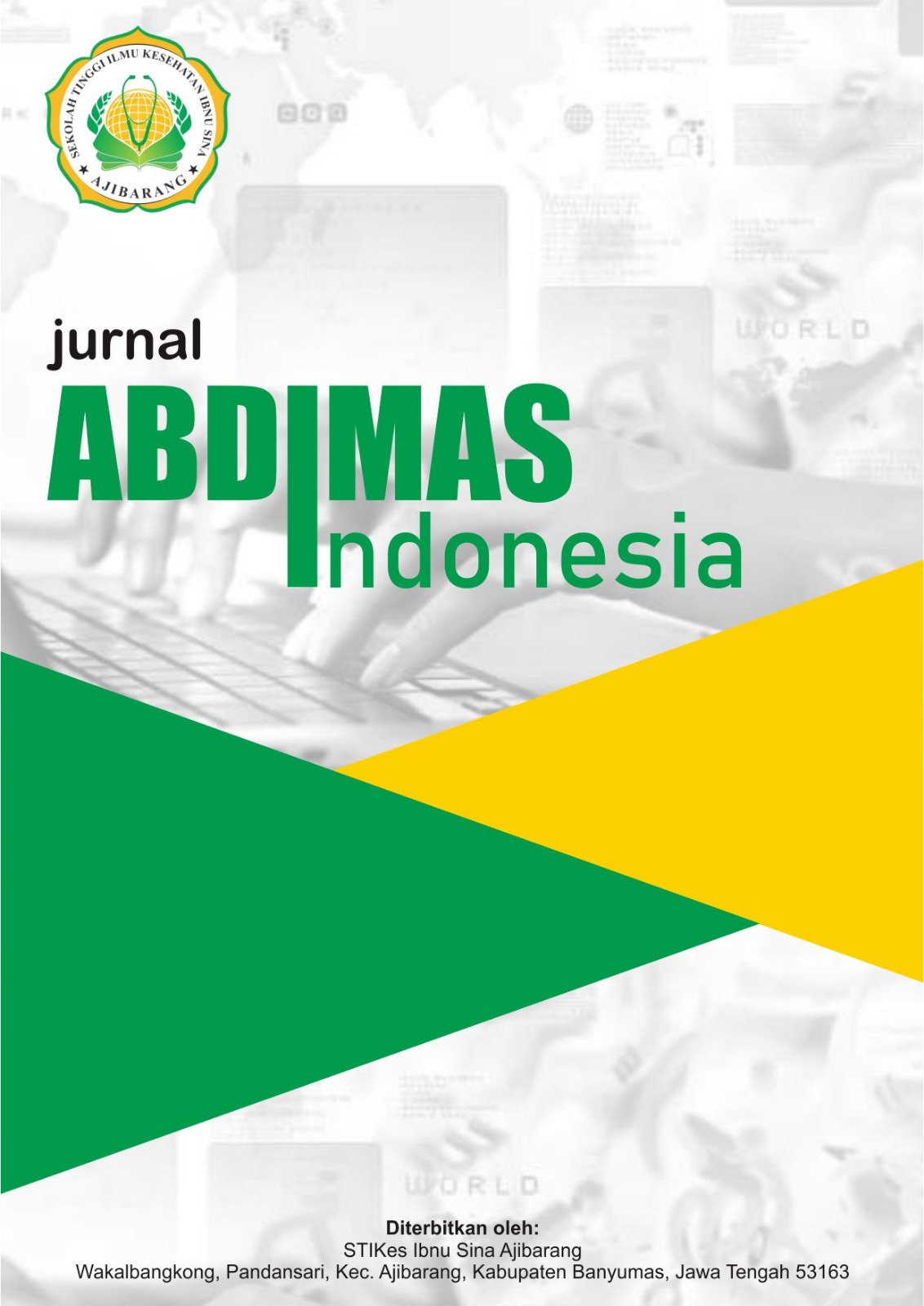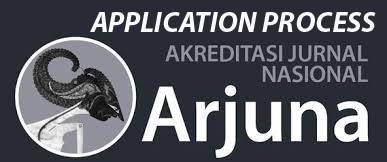Penyuluhan Pencegahan dan Latihan pada Nyeri Punggung Bawah di Posyandu Lansia Sari Sehat
DOI:
https://doi.org/10.59841/jurai.v3i1.2430Keywords:
counseling, low back pain, William’s flexion exerciseAbstract
Low back pain refers to a syndrome with manifestations in the form of pain and uncomfortable complaints such as muscle tension or stiffness in the lower back area. Low back pain can be caused by various causes, including mechanical factors, disorders of tendons, ligaments, fascia, and muscles, and abnormal posture. Musculoskeletal lower back pain caused by mechanical factors can be related to work, hobbies, and daily activities. The age factor is also one of the risk factors for the incidence of low back pain. The Sari Sehat elderly posyandu is one of the posyandu whose elderly are active in various activities in the community. For this reason, it is necessary to increase knowledge about the prevention of low back pain and its exercises. In this case, physiotherapy has an important role in increasing the knowledge of the elderly about prevention and exercise in low back pain so that the elderly can avoid complaints of back pain. Approach Method: Prevention counseling and exercises on low back pain. Place and time: Sari Sehat Elderly Posyandu, Palur Mojolaban, Sukoharjo.
References
Akbar, A., & Zainuddin, R. (2020). Application of William's Flexion Exercise in Patients with Low Back Pain Problems: A Literature Review. Journal La Medihealtico, 1(3), 9-14.
Amila, A., Syapitri, H., & Sembiring, E. (2021). The effect of William flexion exercise on reducing pain intensity for elderly with low back pain. International Journal of Nursing and Health Services (IJNHS), 4(1), 28-36.
Anderson, P. R. (2019). The effectiveness of exercise therapy for preventing low back pain (Doctoral dissertation, University of California).
Casiano, V. E., Dydyk, A. M., & Varacallo, M. (2020). Back Pain. Treasure Island (FL): StatPearls Publishing.
Chou, R. (2021). Low back pain. Annals of Internal Medicine, 174(8), ITC113-ITC128. https://doi.org/10.7326/AITC202108170
Dydyk, A. M., & Sapra, A. (2023). Williams Back Exercises. In: StatPearls [Internet]. Treasure Island (FL): StatPearls Publishing. PMID: 31855385.
Fatemi, R., Javid, M., & Najafabadi, E. M. (2015). Effects of William training on lumbosacral muscles function, lumbar curve and pain. Journal of Back and Musculoskeletal Rehabilitation, 28(3), 591-597. https://doi.org/10.3233/BMR-150585
Hasmar, W., & Junaidi, A. S. (2022). Educational Exercise William Flexion Exercise To Reduce Lower Back Pain. Asian Journal of Community Services, 1(1), 33-36.
Hoy, D., Bain, C., Williams, G., et al. (2012). A systematic review of the global prevalence of low back pain. Arthritis & Rheumatism, 64(6), 2028-2037. https://doi.org/10.1002/art.34347
Kaple, N., & Phansopkar, P. (2023). Effect of William flexion exercise and movement control exercise on pain, range of motion, muscle strength and functionality in non-specific low back pain: randomized controlled trial. F1000Research, 12, 770. https://doi.org/10.12688/f1000research.131720.1
Kisner, C., & Colby, L. A. (2017). Therapeutic exercise: Foundations and techniques (7th ed.). F.A. Davis Company.
Maher, C., Underwood, M., & Buchbinder, R. (2017). Non-specific low back pain. The Lancet, 389(10070), 736-747. https://doi.org/10.1016/S0140-6736(16)30970-9
Nelvin, S. A., Roga, A. U., Ratu, J., Berek, N. C., & Manurung, I. F. (2021). The effect of William Flexion Exercise on low back pain in farmers in Lembor District, West Manggarai Regency. Age, 20(25), 26-30.
Smith, J. A., & Brown, K. (2018). The impact of core stability training on chronic low back pain. Proceedings of the International Conference on Sports Medicine, 23(4), 112-118.
World Health Organization. (2023). Low back pain: Prevention and management strategies.
Downloads
Published
How to Cite
Issue
Section
License
Copyright (c) 2025 jurnal ABDIMAS Indonesia

This work is licensed under a Creative Commons Attribution-ShareAlike 4.0 International License.








